Alopecia is a disorder that affects the hair follicles, leading to hair loss. There are several different types of alopecia, each one with its own characteristics and manifestations. There are also several potential causes of this disorder.
Alopecia barbae, also known as alopecia areata barbae, is a condition is which a person loses beard hair.
Causes of alopecia barbae
Alopecia barbae occurs when outside elements or factors damage the hair, make it thin or brittle, hinder the growth or damage the hair follicles. This can occur due to several medical conditions and disorders, such as lupus, diabetes, eating disorders like bulimia and anorexia nervosa, malnutrition and similar. Cancer treatment like chemotherapy and radiation also leads to hair loss. Overactive or underactive thyroid gland may also lead to alopecia barbae. Certain infections, like ringworm infection, affect the skin and the hair follicles as well, which may lead to alopecia barbae. Stress, depression, menopause, hormonal imbalance, improper usage of birth control pills, certain medications for arthritis, hypertension, gout and heart problems may also cause alopecia barbae. Sometimes the hair loss of the beard is caused by involuntary plucking of the beard hair by hair, which is usually a sign of a mental disorder.
Treatment for alopecia barbae
In most cases, alopecia barbae can be cured. However, it may depend on the cause. If emotional stress, anxiety or depression have triggered beard hair loss, it is advised to seek professional help and to find ways to cope with those problems. In most cases, the hair lost due to emotional stress grows back again very soon.
Sometimes, however the growth of hair can be achieved only with medications. Those may include anthralin, corticosteroids, medicated shampoos or creams, steroid injections, topical minoxidil and Cyclosporine. Antibiotics are administered if the cause is a bacterial infection, and in case of ringworm, which is a fungal infection, it will probably be necessary to use anti-fungal medications.
Surgery is one of the options for alopecia areata, especially if it affects the scalp. The procedure is called scalp reduction and it consists of cutting out the affected piece of the skin and closing the areas of scalp covered with hair. Hair transplants are another option. They are usually done with techniques including punch graft, slit/strip graft or mini graft. The problem is, these surgical solutions are basically reserved for alopecia on the scalp and they are not frequently done for alopecia barbae, which affects the beard.


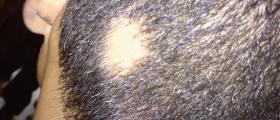




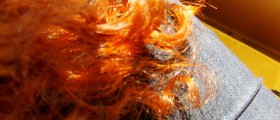


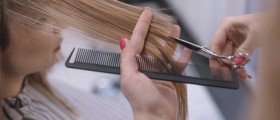
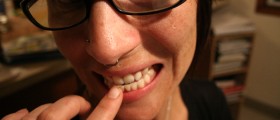




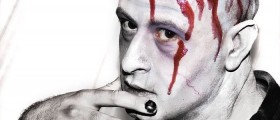
Your thoughts on this
Loading...